The Royal LePage Home Price Update and Market Forecast, distributed each quarter, includes price data and insights from experts in 64 real estate markets across the country, as well as national and regional forecasts.
Home prices in Canada posted modest year-over-year price appreciation in the third quarter, yet decreased slightly on a quarterly basis, following sluggish activity in most – though not all – markets through the summer months. While material price appreciation may not occur in the typically-slower fourth quarter, a pull-ahead of the spring market is expected on account of improved affordability thanks to new lending regulations and further anticipated rate cuts.
“Despite three cuts to the Bank of Canada’s overnight lending rate, buyer demand nationally remains weak, particularly among two key groups: first-time homebuyers and small investors,” said Phil Soper, president and chief executive officer, Royal LePage. “We believe that both groups will re-enter the market in significant numbers as property values begin to rise again. With further rate cuts from the Bank of Canada likely this year, we anticipate prices will appreciate more quickly, eliminating the advantages of waiting for first-time buyers and making calculations more favourable for investors.”
Key highlights:
- Royal LePage expects home prices to remain stable through Q4; forecasts pull-ahead of spring market on expectation of continued easing of lending rates.
- The national aggregate home price rose a modest 1.6% year over year in Q3 2024, and decreased 1.1% over Q2.
- Greater Montreal’s aggregate home price increased 5.2% year over year, while the greater Toronto and Vancouver markets showed little change, rising 0.7% and 0.5%, respectively.
- For the second consecutive quarter, Quebec City recorded the highest year-over-year aggregate price increase (10.5%) in Q3 among the report’s major regions.
- Major markets in the prairie provinces continue to show resilience and strength, as tight supply pushed prices upward in Q3.



